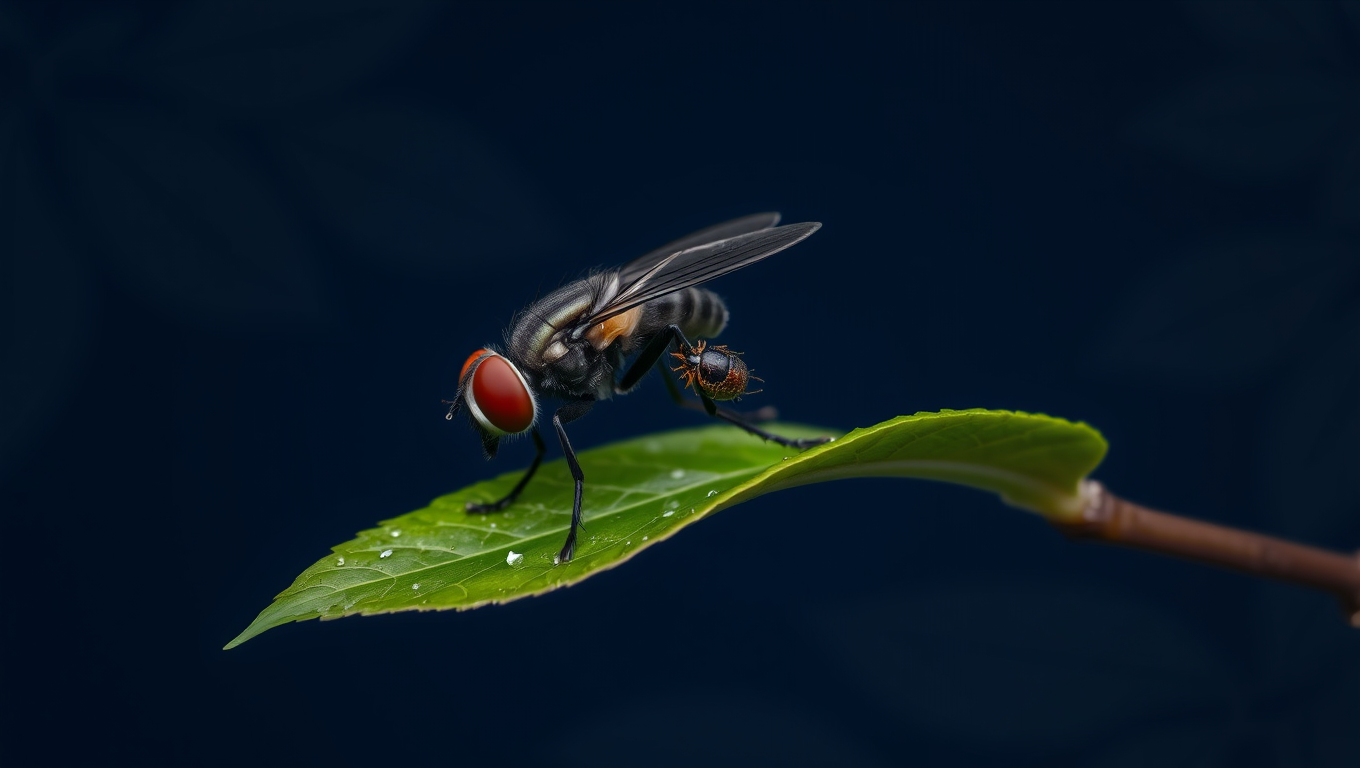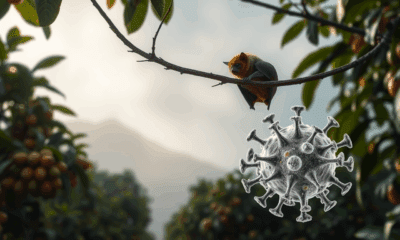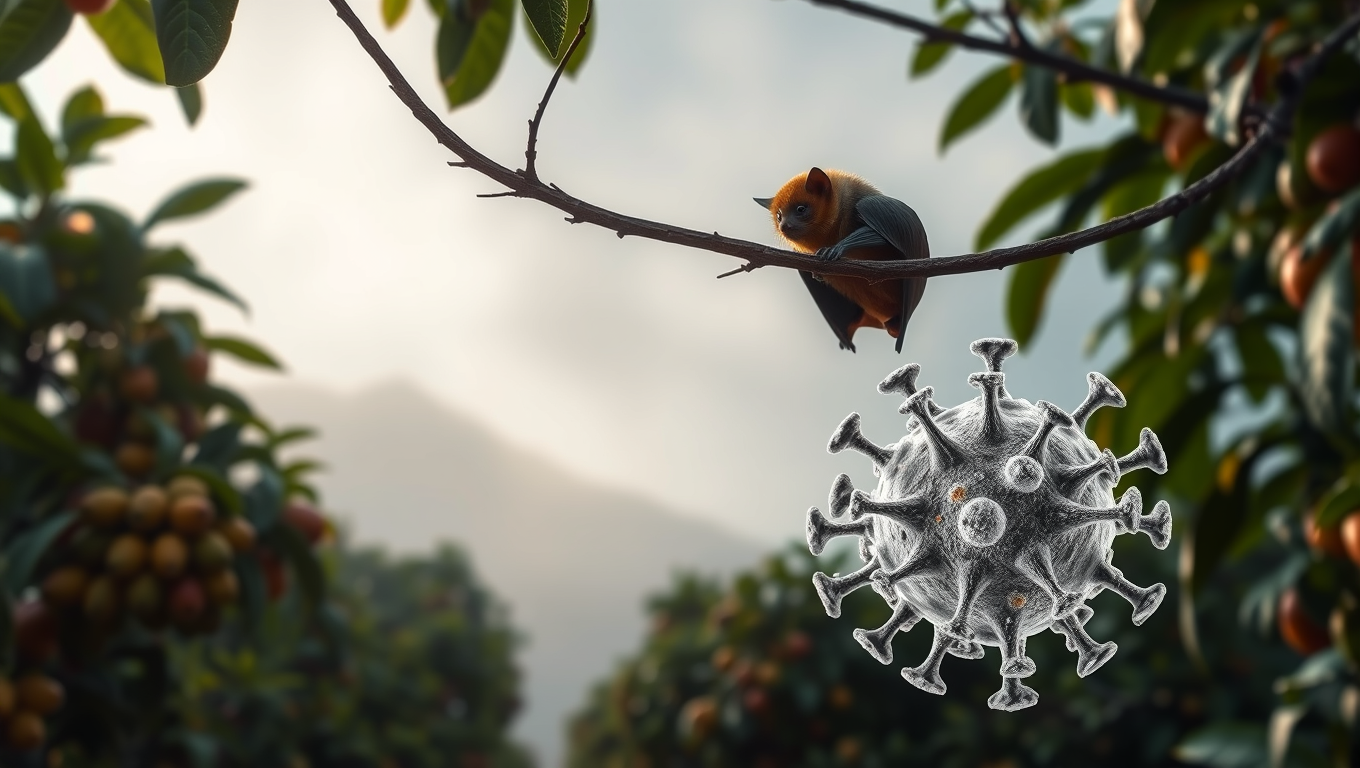While we try to keep things accurate, this content is part of an ongoing experiment and may not always be reliable.
Please double-check important details — we’re not responsible for how the information is used.
Animals
The High Cost of Avoiding Parasites: How Fruit Flies Sacrifice Sleep for Survival
Some fruit flies sacrifice sleep to avoid parasites like mites. Researchers discovered marked differences in gene expression related to metabolism in the hypervigilant flies.

Agriculture and Food
The Sleeping Side Preference of Cats: A Survival Strategy?
Cats overwhelmingly choose to sleep on their left side, a habit researchers say could be tied to survival. This sleep position activates the brain’s right hemisphere upon waking, perfect for detecting danger and reacting swiftly. Left-side snoozing may be more than a preference; it might be evolution’s secret trick.
Animals
“New Bat-Borne Viruses Discovered in China Pose Potential Pandemic Threat”
Two newly discovered viruses lurking in bats are dangerously similar to Nipah and Hendra, both of which have caused deadly outbreaks in humans. Found in fruit bats near villages, these viruses may spread through urine-contaminated fruit, raising serious concerns. And that’s just the start—scientists found 20 other unknown viruses hiding in bat kidneys.
Animals
The Tumat Puppies: Unveiling the Ancient Secrets of Wolf Evolution
Two Ice Age wolf pups once thought to be early dogs have been identified as wild wolves, thanks to detailed DNA and chemical analysis. Surprisingly, their last meals included woolly rhinoceros meat—an unusually large prey item—hinting that ancient wolves might have been bigger than today’s. Their well-preserved bodies also shed light on wolf pack behavior and Ice Age environments.
-

 Detectors3 months ago
Detectors3 months agoA New Horizon for Vision: How Gold Nanoparticles May Restore People’s Sight
-

 Earth & Climate4 months ago
Earth & Climate4 months agoRetiring Abroad Can Be Lonely Business
-

 Cancer3 months ago
Cancer3 months agoRevolutionizing Quantum Communication: Direct Connections Between Multiple Processors
-

 Agriculture and Food4 months ago
Agriculture and Food4 months ago“A Sustainable Solution: Researchers Create Hybrid Cheese with 25% Pea Protein”
-

 Diseases and Conditions4 months ago
Diseases and Conditions4 months agoReducing Falls Among Elderly Women with Polypharmacy through Exercise Intervention
-

 Chemistry3 months ago
Chemistry3 months ago“Unveiling Hidden Patterns: A New Twist on Interference Phenomena”
-

 Albert Einstein4 months ago
Albert Einstein4 months agoHarnessing Water Waves: A Breakthrough in Controlling Floating Objects
-

 Earth & Climate3 months ago
Earth & Climate3 months agoHousehold Electricity Three Times More Expensive Than Upcoming ‘Eco-Friendly’ Aviation E-Fuels, Study Reveals





























